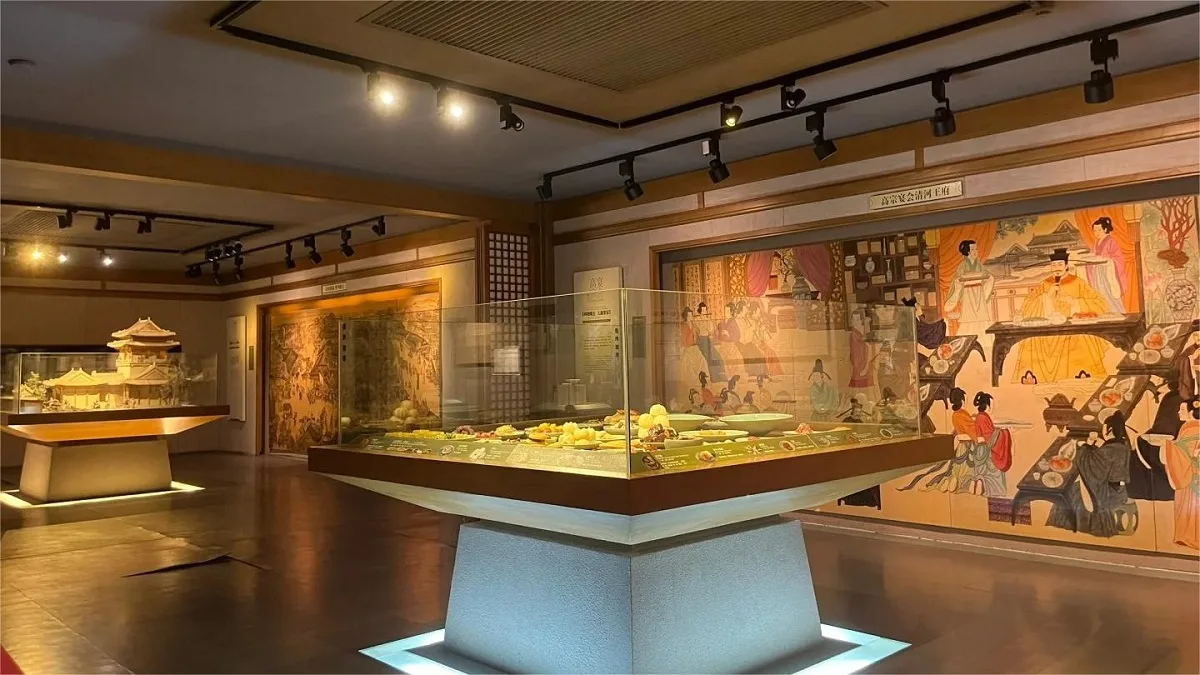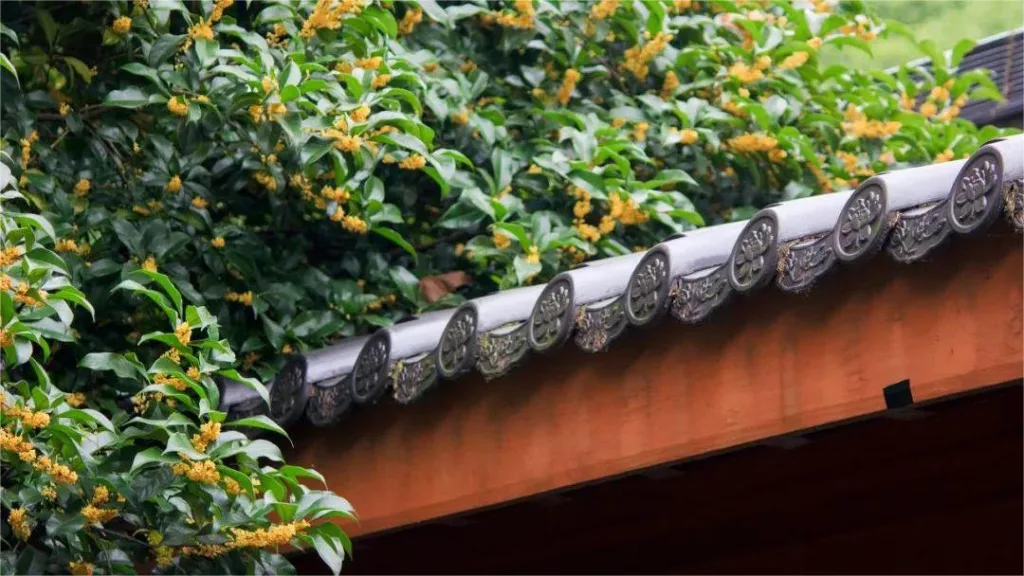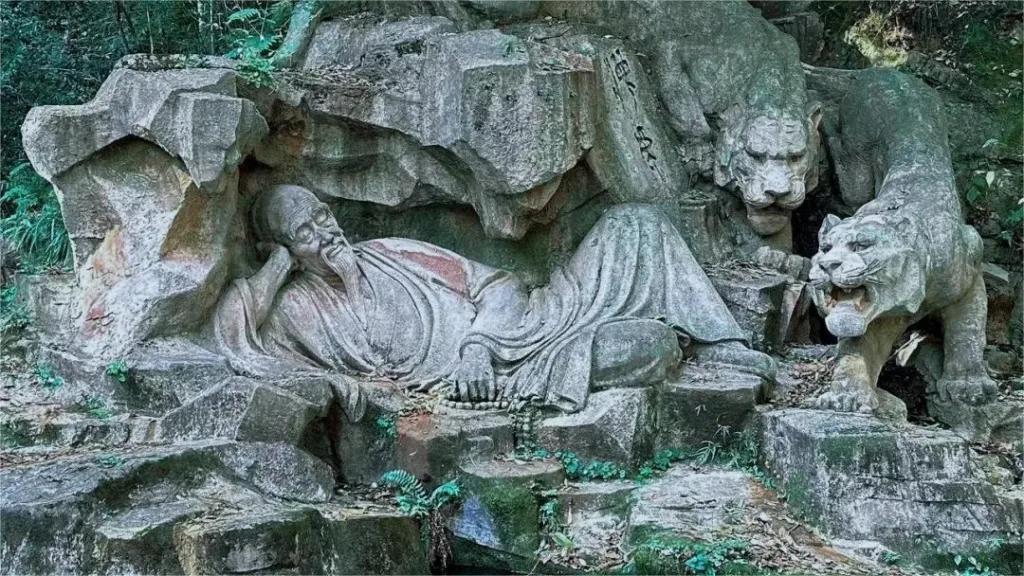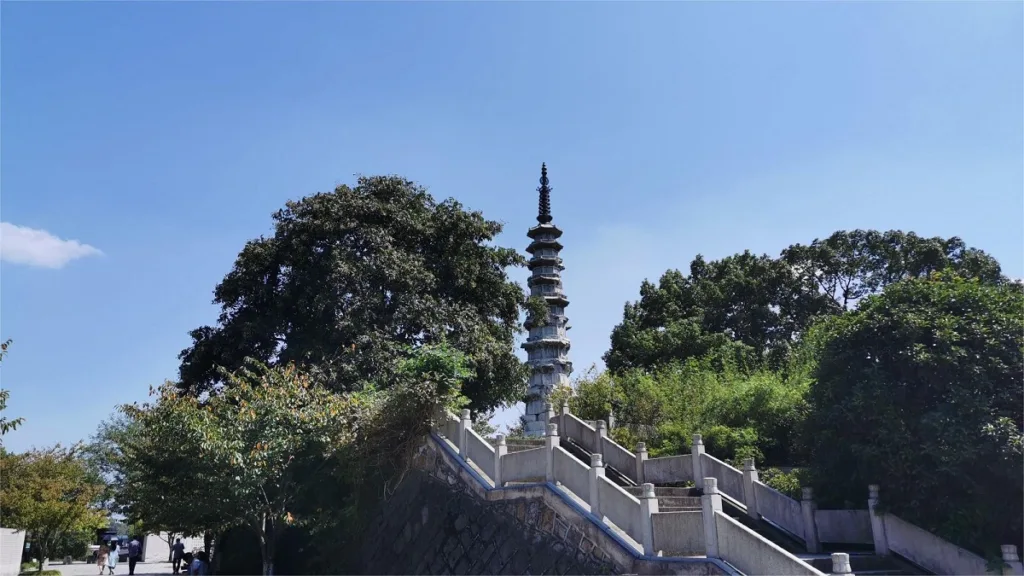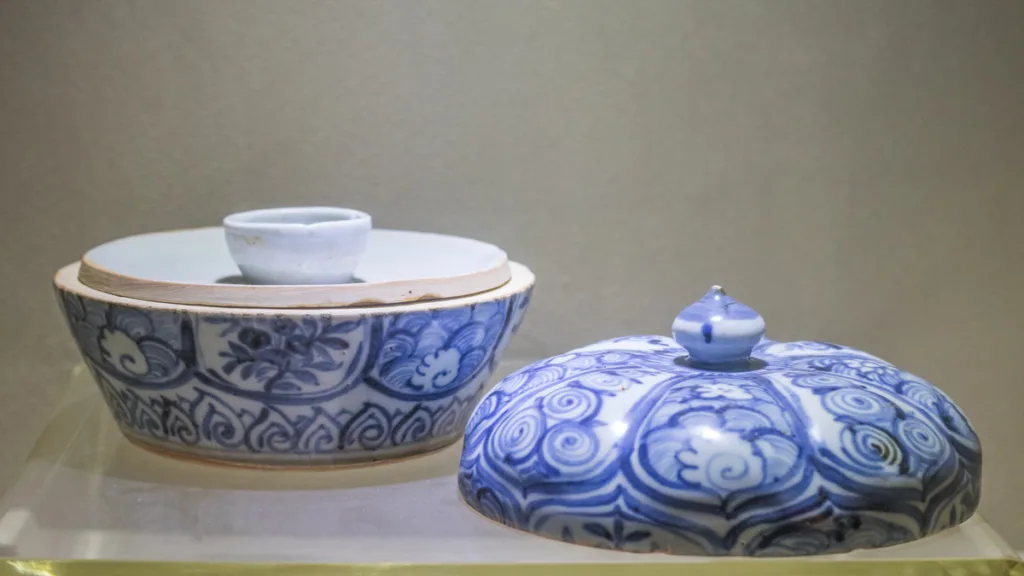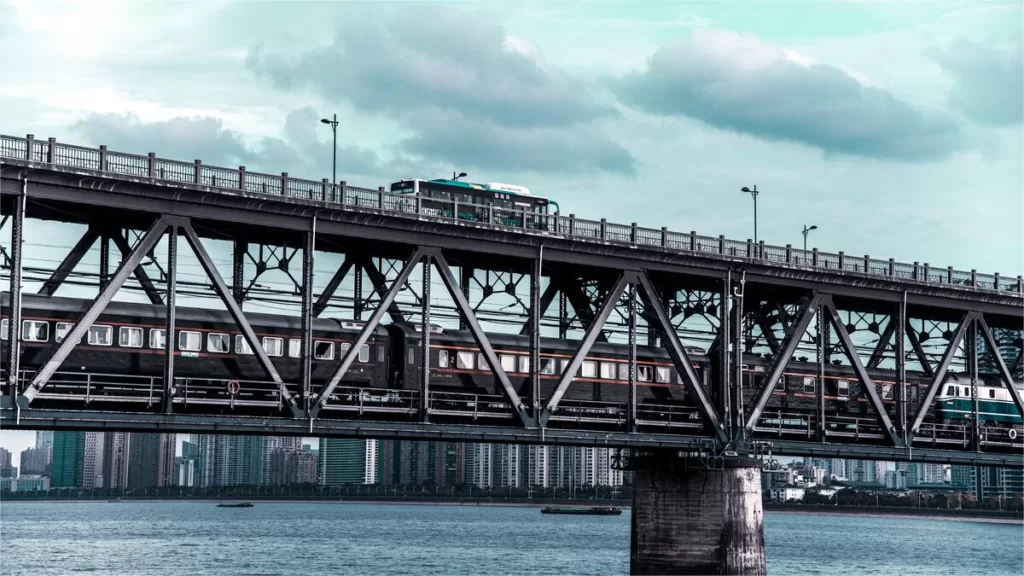The China Hangzhou Cuisine Museum (中国杭帮菜博物馆), spanning an impressive area of 12,470 square meters, stands as a testament to the rich culinary heritage of Hangzhou. Designed under the guidance of Master Cui Kai, Vice President of the China Architecture Design & Research Institute and an academician of the Chinese Academy of Engineering, the museum showcases the elegant charm of Hangzhou’s architectural style through features like sloped roofs, clear water walls, and full glass curtain walls.
Divided into ten exhibition areas, the museum presents a wealth of textual documents, images, and artifacts that trace the development of Hangzhou cuisine from ancient times to the present day. By exploring various historical periods such as the Liangzhu culture, the Qin to Northern and Southern Dynasties, the museum highlights the intricate lineage and evolution of Hangzhou cuisine.
Table of Contents
- Basic Information
- Location and Transportation
- Highlights of Hangzhou Cuisine Museum
- Vlog about Hangzhou Cuisine Museum
- Attractions near Hangzhou Cuisine Museum
Basic Information
| Estimated Length of Tour | 1 – 2 hours |
| Ticket Price | Free |
| Opening Hours | 10.00 – 17.30; Closed on Mondays |
| Telephone Number | 0086-0571-87921117 |
Location and Transportation
The Hangzhou Cuisine Museum is situated in the Jiangyangfan Ecological Park, adjacent to the ancient ruins of the Southern Song Imperial City. It enjoys a picturesque location, with the Qiantang River to the south and the Lianhua Peak to the north. The specific address is 9 Huyu Road, Shangcheng District, Hangzhou City, Zhejiang Province. To get there, you can choose one of the following ways:
Bus: Take bus 315 or 139 and get off at Hangzhou Cuisine Museum.
Metro: The closest metro station to the Hangzhou Cuisine Museum is Shuicheng Bridge (水澄桥) on line 4. After getting out of the station from Exit B, walk about 700 meters to the northwest to reach the museum.
Highlights of Hangzhou Cuisine Museum
Evolution of Hangzhou Cuisine

The construction of the Grand Canal, linking Hangzhou with other regions, played a pivotal role in the flourishing exchange of culture and culinary traditions. During the Sui and Tang Dynasties, Hangzhou cuisine experienced its first peak of cross-regional influence, earning a place in Chinese cuisine landscape. The subsequent establishment of Hangzhou as the capital during the Southern Song Dynasty further fueled the development of Hangzhou cuisine, with a distinct focus on high-quality ingredients and refined culinary techniques.
Throughout history, Hangzhou cuisine has been associated with renowned cultural figures and esteemed dignitaries, both domestic and foreign, further solidifying its status as a culinary gem. With the advent of reform and opening up policies, numerous Hangzhou cuisine enterprises expanded their reach beyond Hangzhou, establishing branches in Shanghai and other cities. This expansion has catapulted Hangzhou cuisine to national and international prominence, making it a beloved culinary tradition enjoyed by people worldwide.
Dining Option

The museum’s culinary spaces extend the exploration of Hangzhou cuisine culture. Intricately carved yellow poplar wood panels serve as backdrops, depicting the development of Hangzhou cuisine. Calligraphy by Yuan Mei, a Qing Dynasty scholar from Hangzhou, adorns the walls, adding an authentic touch to the atmosphere. Vintage black and white photographs showcase the evolving culinary landscape of old Hangzhou.
Private dining rooms, named and decorated with anecdotes and literary works of 40 historical Hangzhou figures, provide a serene setting for savoring authentic Hangzhou dishes. Here, visitors can taste meticulously crafted Hangzhou delicacies while reflecting on the city’s over two-thousand-year history, cultural transformations, and diverse culinary styles.

